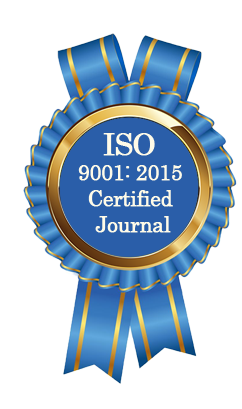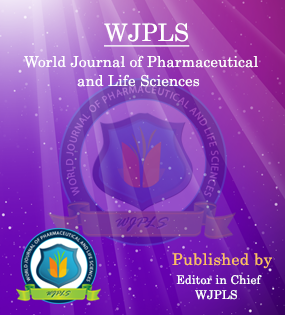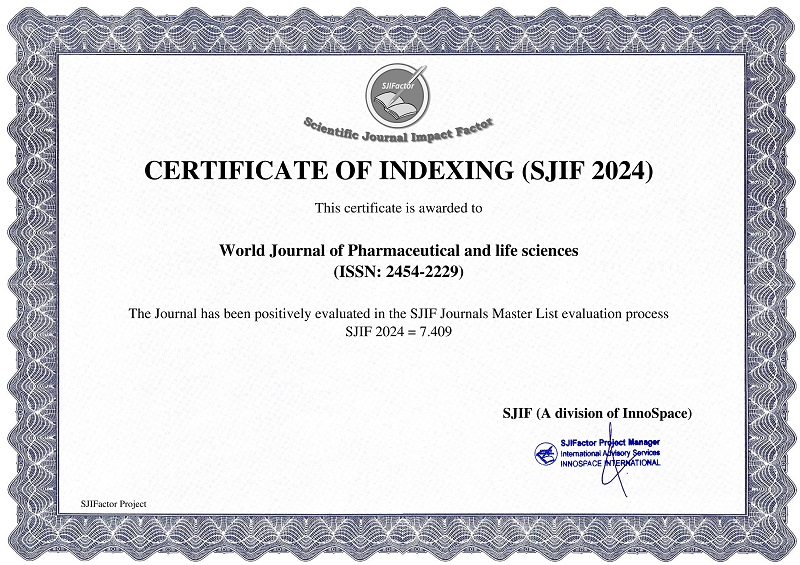Abstract
OYSTER MUSHROOM (PLEUROTUS SPP.): ADOPTION PERCENTAGE OF MUSHROOM TRAINEES OF COOCH BEHAR KRISHI VIGYAN KENDRA- A REVIEW
Ganesh Das and Suraj Sarkar*
ABSTRACT
For thousands of years mushroom has been providing a powerful source of nutrients. The cultivation of oyster mushroom in India is mainly done in seasonal low cost growing rooms with very less expenditure on infrastructure. One can hardly find a big oyster mushroom growing unit in India having rounded the year production. There is no organized market where one can sell his produce or purchase fresh or dry oyster mushroom throughout the year. Therefore, the production of oyster mushroom on a commercial scale is rare in our country as compared to Agaricus bisporus (button mushroom). The oyster mushroom is one of the most suitable fungal organism for producing protein rich food from various agrowastes without composting. This mushroom is cultivated in about 25 countries of far-east Asia, Europe and America. It is the 3rd largest cultivated mushroom in the world. China alone contributes 88% of the total world production. The other major oyster producing countries are South Korea, Japan, Italy, Taiwan, Thailand and Philippines. At present India produces annually 10,000 tons of this mushroom. It is popularly grown in the states of Orissa, Karnataka, Maharashtra, Andhra Pradesh, Madhya Pradesh, and West Bengal and in the North-Eastern States of Meghalaya, Tripura Manipur, Mizoram and Assam. Mushroom cultivation specially Pleurotus ostreatus and Pleurotus sajor-caju in Cooch Behar district is hereby increasing day to day but still there is a rising trend in its demand.
[Full Text Article] [Download Certificate]WJPLS CITATION 
| All | Since 2020 | |
| Citation | 590 | 424 |
| h-index | 12 | 10 |
| i10-index | 17 | 14 |
INDEXING
NEWS & UPDATION
BEST ARTICLE AWARDS
World Journal of Pharmaceutical and life sciences is giving Best Article Award in every Issue for Best Article and Issue Certificate of Appreciation to the Authors to promote research activity of scholar.
Best Article of current issue
Download Article : Click here





